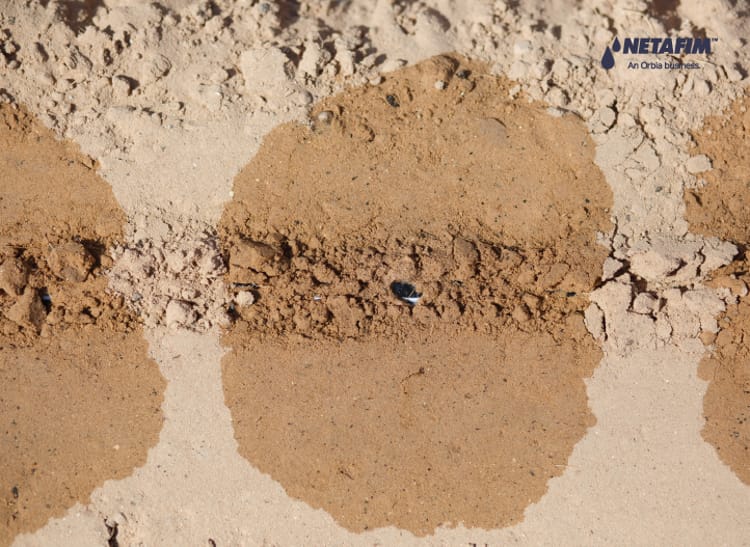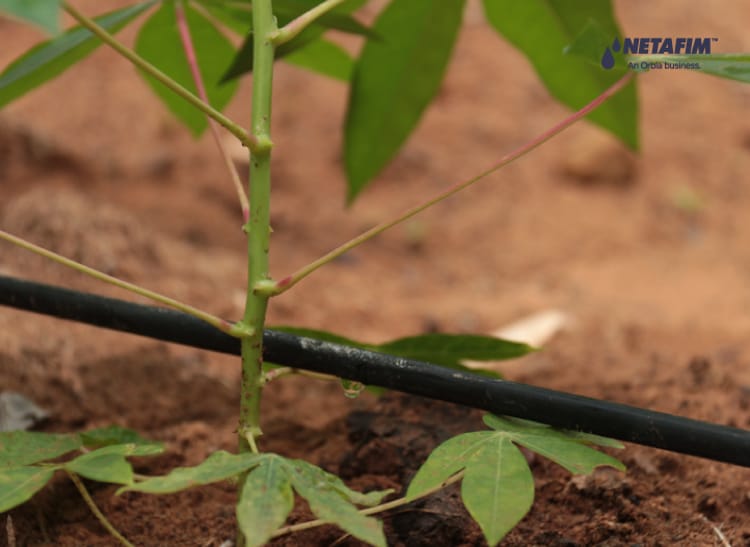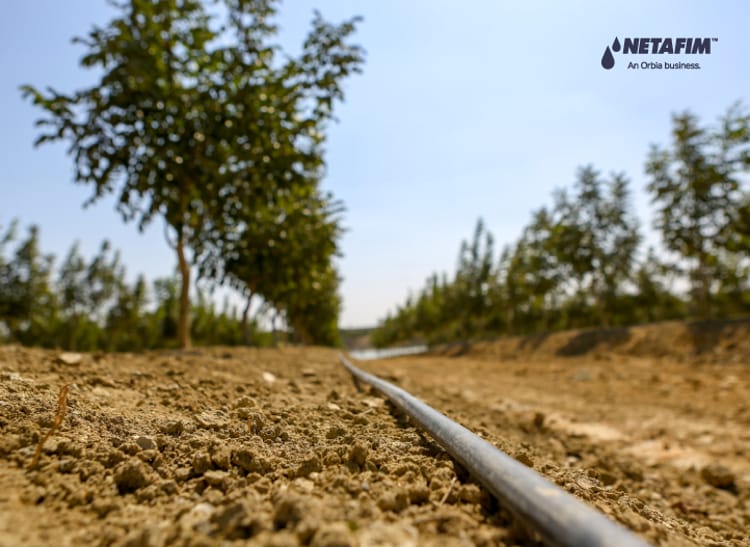What is Drip Irrigation?
In the face of growing water scarcity and the need for more sustainable farming practices, drip irrigation stands out as a game-changing solution for agriculture. Drip irrigation is an advanced irrigation technique that delivers water and nutrients directly to the plant’s root zone, in the right amounts, at the right time, so each plant gets exactly what it needs, when it needs it.
Unlike traditional irrigation methods that spray water over a large area, drip irrigation focuses on precision, ensuring that each plant gets just the right amount of water at the right time. It involves a network of tubing and drippers designed to release small amounts of water slowly and consistently.
The system is highly adaptable to various types of crops and terrains, making it suitable for small gardens, large agricultural fields, and orchards. By minimizing water wastage and evaporation, drip irrigation is an efficient and sustainable method for managing water in agriculture. It enables farmers to produce higher yields while saving on water as well as fertilizers, energy.
Digital Farming plays a crucial role in enhancing the efficiency of drip irrigation systems. Through smart digital farming systems such as Netafim's GrowSphereTM that integrate with soil, weather, plant ,and hydraulic sensors, farmers can access tailored recommendations for optimal irrigation and fertigation schedules and seamlessly move from monitoring to actionable irrigation, making precision farming a reality.





Comments
We'd love to hear your thoughts! To enter a comment, type your name and email address.